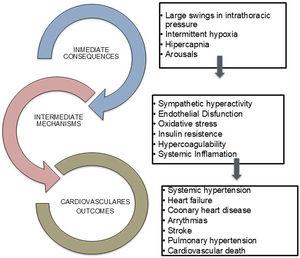
Introduction
Lung cancer remains one of the leading causes of cancer death worldwide. This study examines lung cancer mortality trends in Andalusia, Spain, from 2003 to 2022, focusing on gender differences and the influence of age, period and cohort effects.
Material and methods
This longitudinal ecological study analyzed lung cancer mortality data in Andalusia from 2003 to 2022, using age-period-cohort (A-P-C) and joinpoint regression models. Mortality rates were calculated by sex, age group, and standardized to the 2013 European Standard Population.
Results
Between 2003 and 2022, Andalusia recorded 68,480 lung cancer deaths, with a significant gender disparity. Male mortality decreased (−1.9%), while female mortality increased (3.5%). Joinpoint analysis revealed a notable rise in female mortality rates after 2015. Age-specific analyses showed decreasing rates for men across all age groups, with a sharper decline for younger men. Women experienced increasing rates, particularly among those aged 35–64. The A-P-C model identified significant cohort effects, with decreasing rate ratios for men and increasing ones for women, reflecting historical smoking patterns.
Conclusions
Lung cancer mortality in Andalusia has exhibited a stark gender divide, reflecting the region’s historical smoking patterns. While declining rates among men and younger women indicate the efficacy of tobacco control measures, the persistent rise in female mortality underscores the enduring effects of past smoking habits. These findings emphasize the imperative for ongoing public health initiatives and gender-specific interventions to mitigate the burden of lung cancer in Andalusia.


